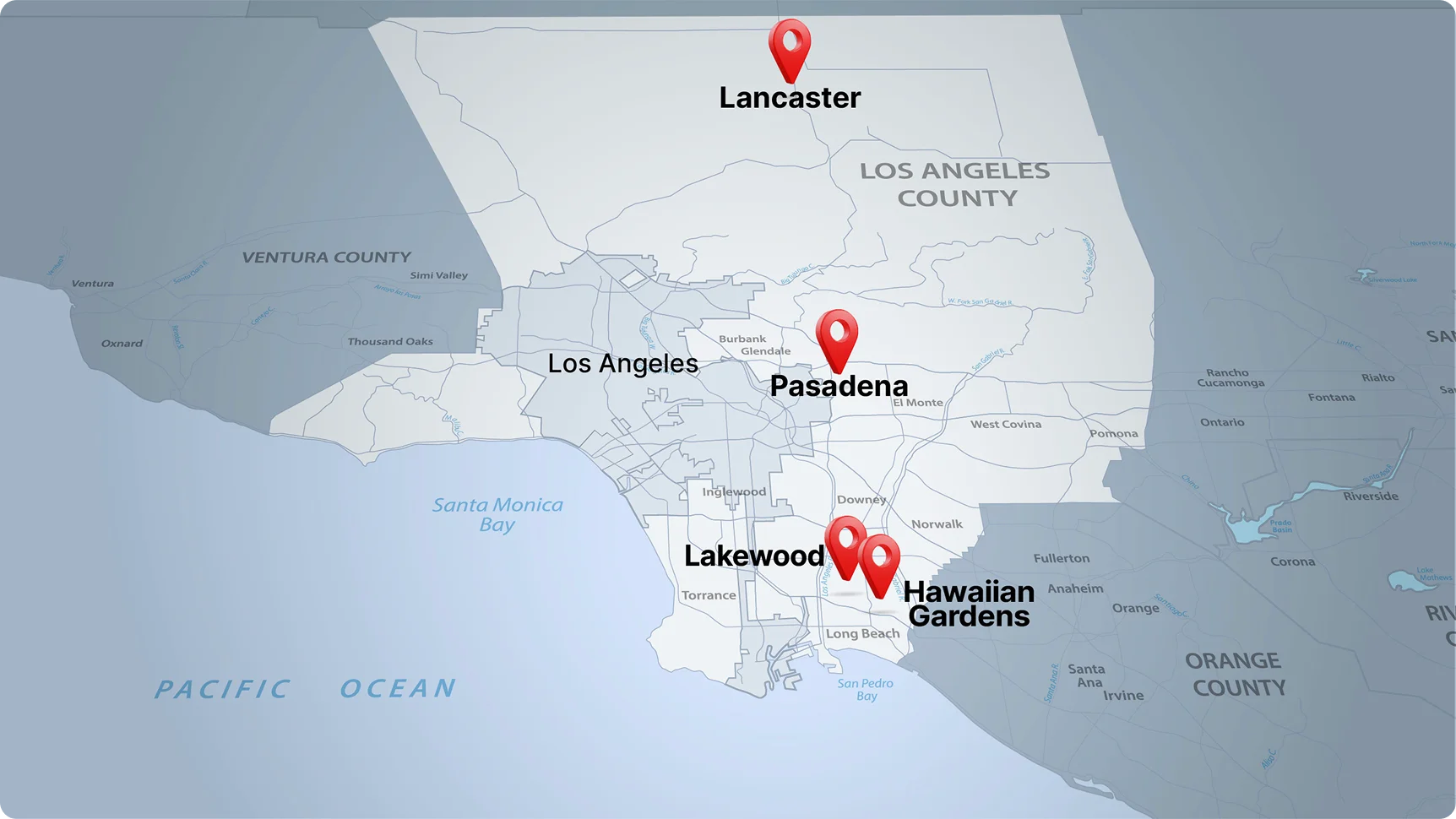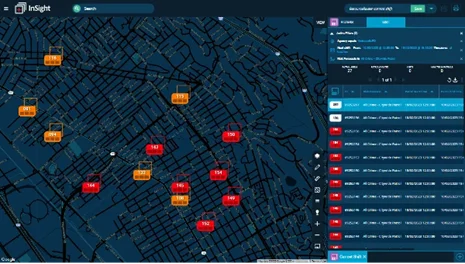Public Information Officers (PIOs) have never had a more critical role in shaping the public narrative around law enforcement. With shrinking newsrooms, fragmented audiences, and rising public demand for transparency, agencies must take control of their narrative. Here are key takeaways and best practices from a recent expert-led webinar on how PIOs can effectively manage communications and build trust.
Understanding the Modern Media Landscape
The traditional news ecosystem has undergone a significant decline in both reach and reliability. Many local news outlets now rely in part on unpaid freelance reporters or student journalists to sustain coverage. Meanwhile, social media has become a primary source of information—often filled with misinformation and driven by algorithms and AI-generated content.
This shift gives law enforcement agencies a unique opportunity: Instead of relying solely on journalists to tell their story, agencies can now directly engage the public through digital platforms and their own communication channels.
Embracing the Multifaceted PIO Role
Today’s PIO wears many hats. From managing crisis communications to running multiple social media accounts and monitoring public sentiment, the job is fast-paced and expansive. Agencies are increasingly recognizing the value of the PIO role—not just during crises but in building everyday trust and transparency.
The most effective PIOs recognize the importance of:
- Responding to media inquiries promptly.
- Creating and distributing content to inform the public.
- Staying connected to local and regional reporters, even those from smaller or emerging outlets.
- Monitoring not only news but also social media platforms and online conversations via platforms such as Reddit, Nextdoor, and Facebook groups.
- Monitoring news and other agency-related content, verifying its accuracy, and correcting misinformation.
Owning and Shaping the Narrative
A common feeling among PIOs is being overwhelmed or “stiff-armed” by larger media narratives. However, agencies have more tools than ever to reach their communities directly. Residents want to hear from their local government, particularly through channels like agency websites, agency social media channels, and email newsletters.
Some best practices include:
- Develop and update a communications strategy.
- Post regularly to your website and social channels.
- Use website analytics and informal feedback from events to understand community information preferences.
- Partnering with internal stakeholders (e.g., city hall, schools, prosecutors) to align messaging before public release.
- Conduct community surveys or informal polls to learn how residents prefer to receive information.
- Prioritizing transparency to avoid speculation or misinformation filling the void.
Build Internal Alignment
One best practice is proactively informing internal stakeholders, such as elected officials and partner departments, before news breaks. This helps reduce speculation and ensures consistent messaging. Weekly check-ins and open lines of communication across city departments can build rapport and facilitate smoother collaboration during crises.
Become Your Own Newsroom
Agencies can—and should—operate like their own newsroom. This means:
- Publishing regular updates on social media, websites, and even print media.
- Tailoring messaging across platforms—using Instagram or TikTok for younger audiences, newsletters, or Facebook for broader community reach.
- Sending printed materials to households for important citywide issues, such as construction updates or public safety initiatives.
Strengthen Media Relationships
Positive media relationships are built before a crisis occurs. A proactive relationship with journalists pays dividends. Answer calls, offer context, and provide timely quotes—even to reporters who may not always portray your agency favorably. Learn what their deadlines and priorities are.
Developing these relationships ahead of crises makes it easier to insert your agency’s voice into coverage when it matters most. Even if a journalist frequently reports negative stories, providing a comment ensures your agency’s perspective is represented.
TIP: When a single outlet consistently misrepresents your agency, consider sharing responses with competing outlets to offer a balanced perspective.
Social Media Strategy
It’s not enough to post and log off. Treat social media as a two-way channel:
- Respond to community questions and comments where possible.
- Monitor for false narratives and correct them promptly, even if the post originates from an account with a low number of followers.
- Use social insights to inform agency leadership about trends, narratives, and community sentiment.
Crisis Communication Readiness and Unified Messaging
Crises are inevitable, but preparation can make all the difference. Every agency should:
- Establish a clear framework that outlines who approves messages and who is authorized to speak. Avoid jargon and keep the language clear, concise, and credible.
- Conduct regular tabletop simulation exercises with all stakeholders, including communications teams, to stress-test messaging workflows and decision timelines.
- Develop a centralized source for updates (such as a crisis webpage) to guide both the media and the public. Maintain consistent messaging across all platforms.
- Leverage tools like ShotCast™ to deliver timely, visual updates during gunfire-related incidents, including geo-targeted maps, incident details, and audio. These help reinforce transparency, speed, and control of the narrative.
- Be prepared for pushback. Even when overall support is strong, a small number of vocal critics – especially on social media or in public forums – can influence perception if their claims go unaddressed. Anticipate likely concerns and equip your team with clear, fact-based messaging.
- Update social media frequently, even if there’s no new information, to keep the public informed and maintain credibility.
- Maintain update cadences. Don’t promise hourly updates if you can’t deliver.
Staying Ahead of Misinformation
Monitor social platforms constantly during a crisis. Use tools like Google Alerts, Meltwater, or Hootsuite to monitor emerging narratives. Monitor platforms like Reddit and Nextdoor—even if your agency doesn’t actively post there. These spaces often drive media coverage and public perception. Identify and correct falsehoods early before they spiral. Engage with community conversations before misinformation spreads widely—and remember that newsrooms are often watching those same platforms for story leads.
Building Equity in the Quiet Times
Consistent, proactive communication isn’t just for crises. It’s how trust is built. When agencies invest in transparency during “quiet” periods, they build a reservoir of credibility that can be drawn upon when the unexpected occurs.
PIOs are essential to shaping the narrative, protecting their agency’s reputation, and keeping the community informed. Equip yourself with the right tools, build strong internal and external relationships, and stay ahead of the curve because when a crisis hits, there won’t be time to play catch up.





